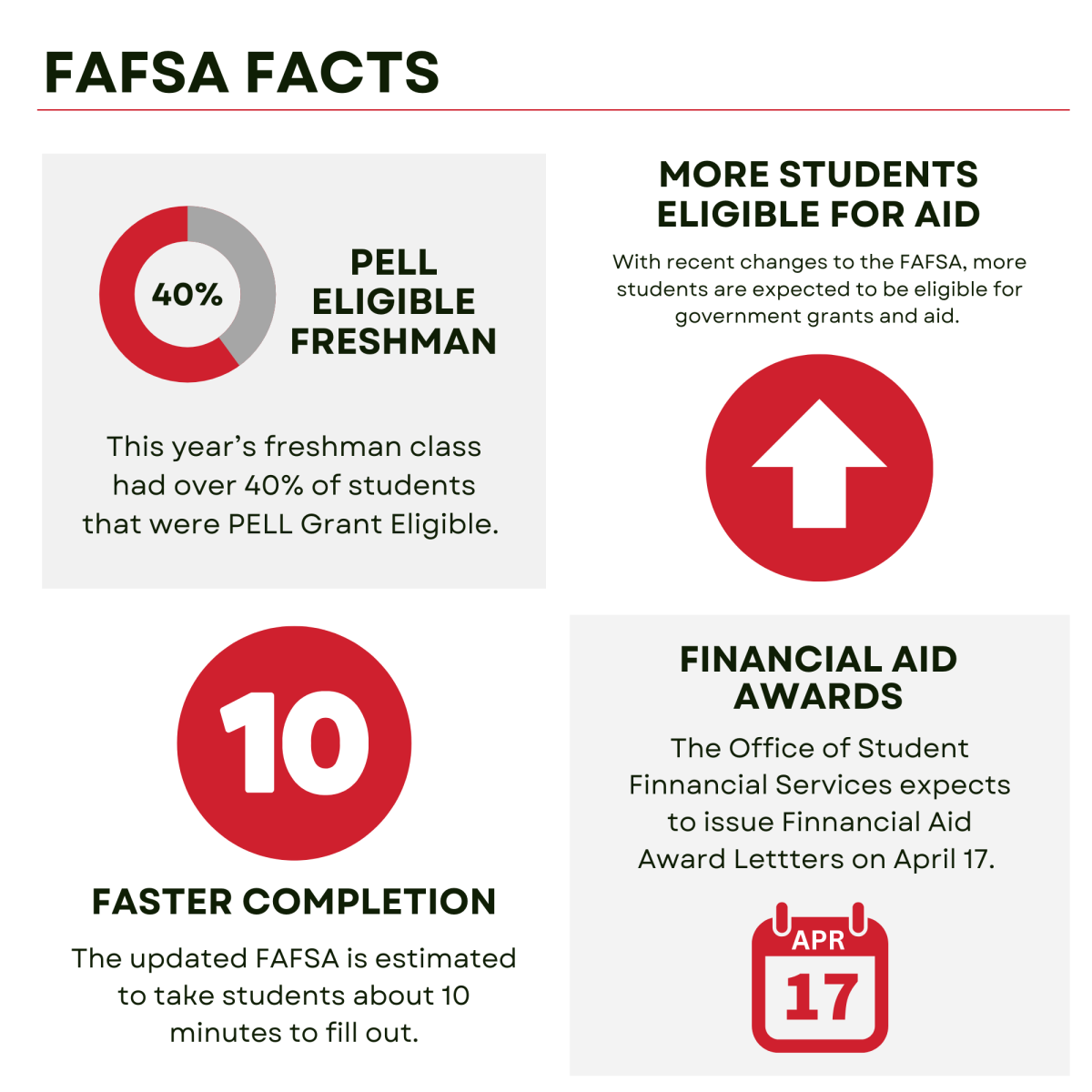By DAVID DISHNEAU (FORT MEADE, Md., AP) — Army Pfc. Bradley Manning disclosed potentially damaging classified information in at least 117 of the more than 250,000 State Department cables he has acknowledged sending to WikiLeaks, according to evidence prosecutors presented at his court-martial Thursday.
The cables published on the website of the anti-secrecy organization in late 2010 contained protected information about foreign governments; foreign relations; U.S. military activities; scientific, technological or economic matters; and vulnerabilities in America’s infrastructure, a State Department classification expert said.
Manning said in a courtroom statement in February that since the cables were labeled for wide distribution within the government, he believed that “the vast majority” of them were not classified, even though they were on a computer network reserved for classified material. He contends the cables revealed secret pacts and duplicity that, while possibly embarrassing, should be publicly exposed.
In written testimony read aloud by a prosecutor, classification expert Nicholas Murphy listed 96 cables that he said had been properly classified as “confidential” and 21 properly classified as “secret.” His testimony revealed for the first time the specific cables that are the basis for a federal Computer Fraud and Abuse Act charge that is among 21 counts the former intelligence analyst faces.
The globe-spanning reports include at least six sent from the U.S. embassy in Baghdad from 2006 to 2009. One from Jan. 5, 2007, reported that Iraqi Prime Minister Nouri al-Maliki “is increasingly willing to allow targeted military action against elements of Moqtada al-Sadr’s Jaish al-Mahdi militia and other Sadr organizations.”
A confidential Dec. 14, 2007, cable from the U.S. embassy in Moscow reported on a consensus among Russian political observers on “a need for the Kremlin to reform itself and reverse a pendulum that has swung too far in favor of state authority.”
Prosecutors began presenting testimony about the cables Wednesday when a former State Department official testified on cross-examination that the agency’s computer network would have anyone with Manning’s top-secret security clearance unrestricted access to the cables. The government alleges he stole them.
Earlier Thursday, the military judge ruled that Manning’s lawyers can offer evidence contradicting the government’s assertion that he revealed classified information in a leaked battlefield video from Iraq.
The judge, Army Col. Denise Lind, took judicial notice of the document, a preliminary step toward admitting evidence.
The document is an assessment by a former U.S. Central Command official of video showing a 2007 U.S. helicopter attack in Baghdad that killed at least eight people, including a Reuters news photographer and his driver. His assessment was that the video should be unclassified.
That contradicted evidence offered by prosecutors. They have presented an assessment from a Pentagon official that the video revealed military tactics, techniques and procedures and should be classified.
Manning has acknowledged giving the video to WikiLeaks but denies that it revealed national defense information.
The most serious charge Manning faces is aiding the enemy, which carries a potential life sentence.
The cables published on the website of the anti-secrecy organization in late 2010 contained protected information about foreign governments; foreign relations; U.S. military activities; scientific, technological or economic matters; and vulnerabilities in America’s infrastructure, a State Department classification expert said.
Manning said in a courtroom statement in February that since the cables were labeled for wide distribution within the government, he believed that “the vast majority” of them were not classified, even though they were on a computer network reserved for classified material. He contends the cables revealed secret pacts and duplicity that, while possibly embarrassing, should be publicly exposed.
In written testimony read aloud by a prosecutor, classification expert Nicholas Murphy listed 96 cables that he said had been properly classified as “confidential” and 21 properly classified as “secret.” His testimony revealed for the first time the specific cables that are the basis for a federal Computer Fraud and Abuse Act charge that is among 21 counts the former intelligence analyst faces.
The globe-spanning reports include at least six sent from the U.S. embassy in Baghdad from 2006 to 2009. One from Jan. 5, 2007, reported that Iraqi Prime Minister Nouri al-Maliki “is increasingly willing to allow targeted military action against elements of Moqtada al-Sadr’s Jaish al-Mahdi militia and other Sadr organizations.”
A confidential Dec. 14, 2007, cable from the U.S. embassy in Moscow reported on a consensus among Russian political observers on “a need for the Kremlin to reform itself and reverse a pendulum that has swung too far in favor of state authority.”
Prosecutors began presenting testimony about the cables Wednesday when a former State Department official testified on cross-examination that the agency’s computer network would have anyone with Manning’s top-secret security clearance unrestricted access to the cables. The government alleges he stole them.
Earlier Thursday, the military judge ruled that Manning’s lawyers can offer evidence contradicting the government’s assertion that he revealed classified information in a leaked battlefield video from Iraq.
The judge, Army Col. Denise Lind, took judicial notice of the document, a preliminary step toward admitting evidence.
The document is an assessment by a former U.S. Central Command official of video showing a 2007 U.S. helicopter attack in Baghdad that killed at least eight people, including a Reuters news photographer and his driver. His assessment was that the video should be unclassified.
That contradicted evidence offered by prosecutors. They have presented an assessment from a Pentagon official that the video revealed military tactics, techniques and procedures and should be classified.
Manning has acknowledged giving the video to WikiLeaks but denies that it revealed national defense information.
The most serious charge Manning faces is aiding the enemy, which carries a potential life sentence.


